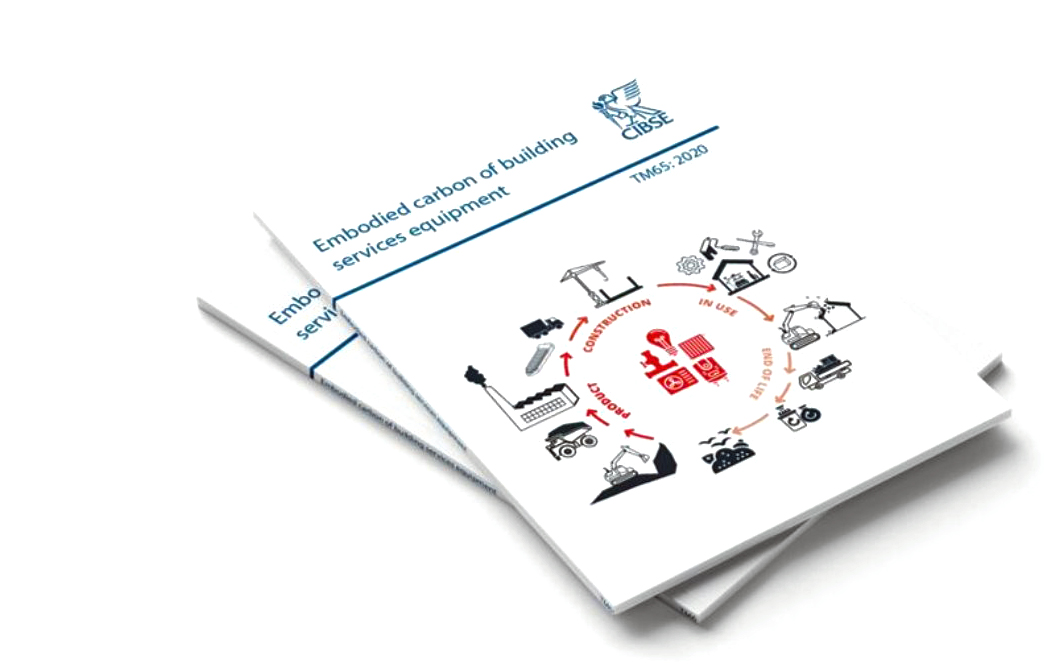The amount of embodied carbon in a luminaire calculated with TM65 is around 68% higher than those calculated with LCA, a study has found.
Researchers found that the weight of the products plays a crucial role in creating discrepancies between the two methodologies.
The paper – published in The Journal of Industrial Ecology – compared the results of six fittings using both Cibse’s TM65 and a Life Cycle Assessment methodology.
The two methods measure the carbon footprint of lighting products from the very beginning (like getting the materials) to the end (like recycling). One method is known worldwide, called Life Cycle Assessment (LCA), and the other is a specific method tailored for building services.
What the team found that the differences are even larger for custom-made projects, like unique chandeliers, where they can be off by about 96 per cent. For standard products, the difference is about 68 per cent.
The stages where the methods differ the most are when getting materials, manufacturing, and what happens at the end of a product’s life.
The study says that the first method (LCA) is more accurate but also more complex and time-consuming. The second method (TM65) is simpler and quicker, but it might not be as precise, especially for unique products like lighting.
In the end, both methods have pros and cons. TM65 is a good way to start for companies who want to know how green their products are because it’s easy and adaptable. LCA is more precise but harder to use. They both have their place, and the study shows they can be used together to understand which products are more eco-friendly.
The scientists say both methods might need some updates and improvements as more companies start using them and new data becomes available.
Cibse has recently unveiled a version of TM65 specifically for luminaires. Last week TM65.2, won both Platinum and Green ratings in the lighting category of Build Back Better Awards for its contribution to sustainability in the lighting industry.
Despite overestimating, TM65 results follow the same trend across the products as LCA results, so the researchers maintain that TM65 is a valid methodology to apply and is much more accessible and easier than an LCA. Some of the features that were found to be contributing to the overestimation have been tackled in the new TM65.2 for lighting .
The study was supported by the Knowledge Transfer Partnership project, receiving financial support from UK Research & Innovation through Innovate UK. The research team consisted of Dr. Irene Mazzei of Edinburgh Napier University and Stoane Lighting, Professor Francesco Pomponi of Edinburgh Napier University and Ali Kay of Stoane Lighting, with input from colleague Roger Sexton.
•See the full study HERE.
• Diary date: Circular Lighting Live 2024, Recolight’s flagship conference and exhibition, takes place on Wednesday 9 October 2024 at the Royal College of Physicians in London. Free to specifiers, Circular Lighting Live 2024 will feature leading experts, specifiers and policy makers who will share their insights into forthcoming standards and legislation, emerging technologies and new business models. More info: www.circularlighting.live

